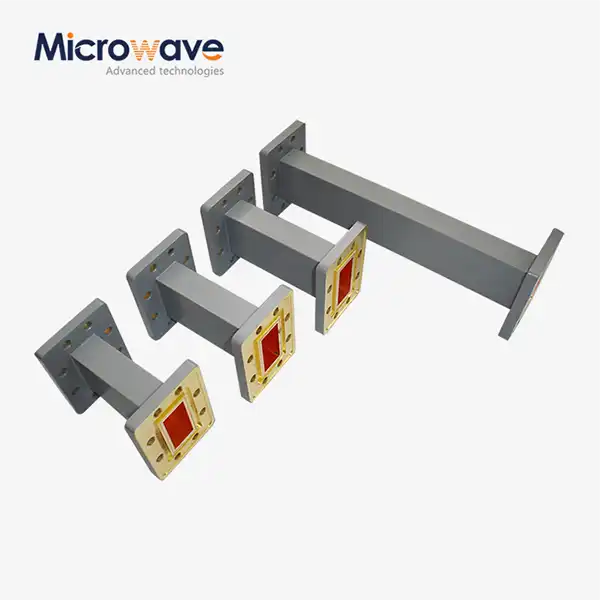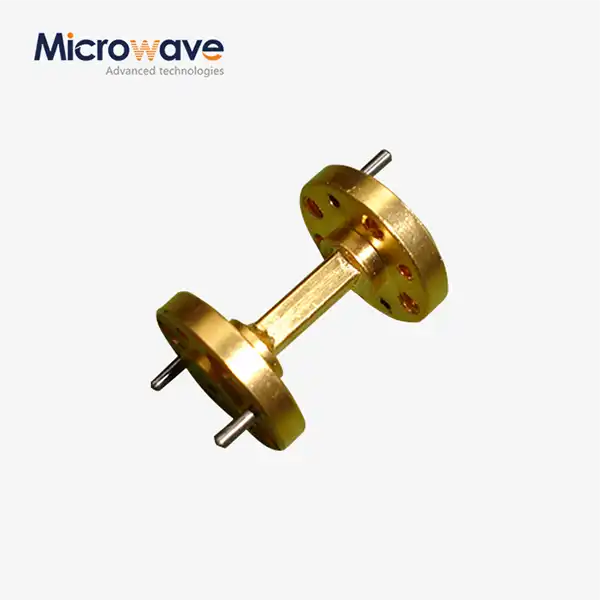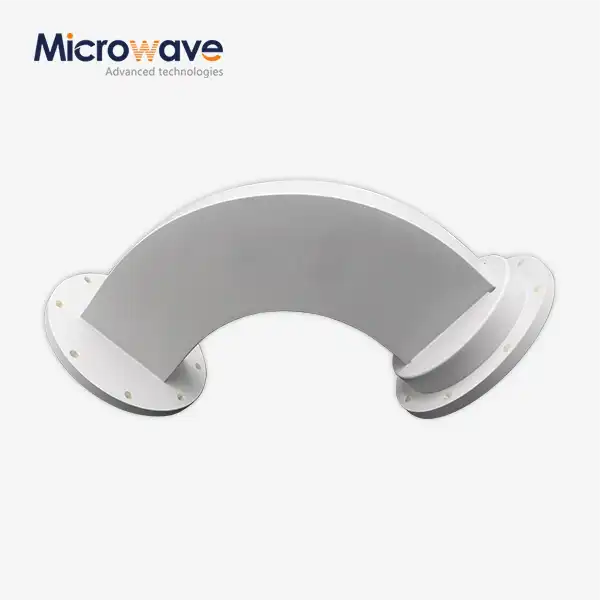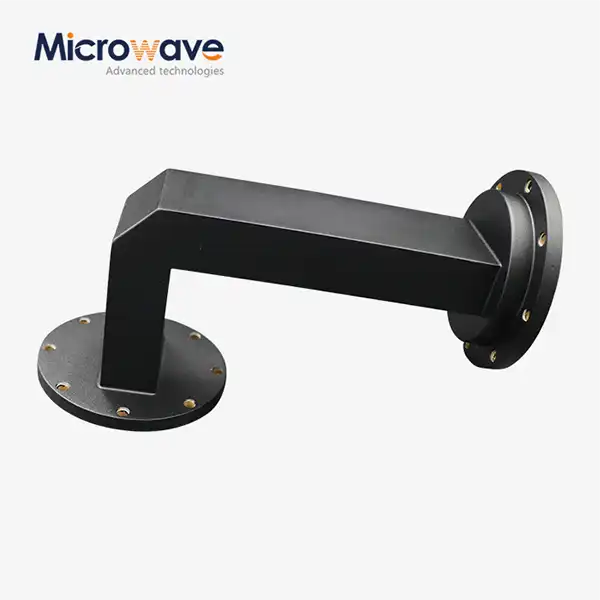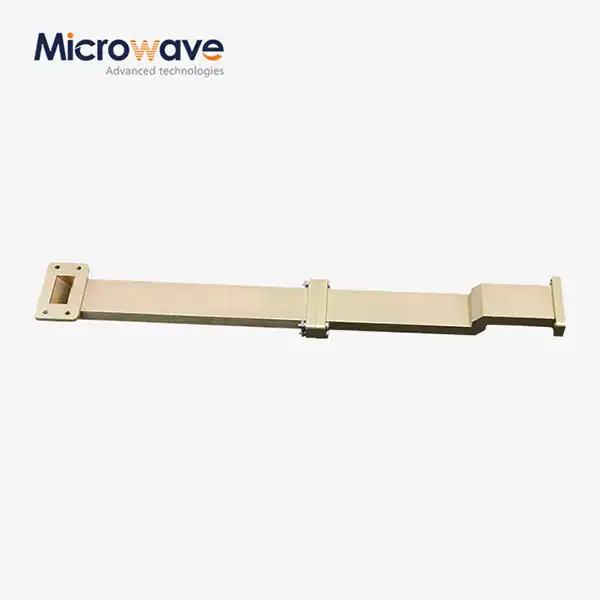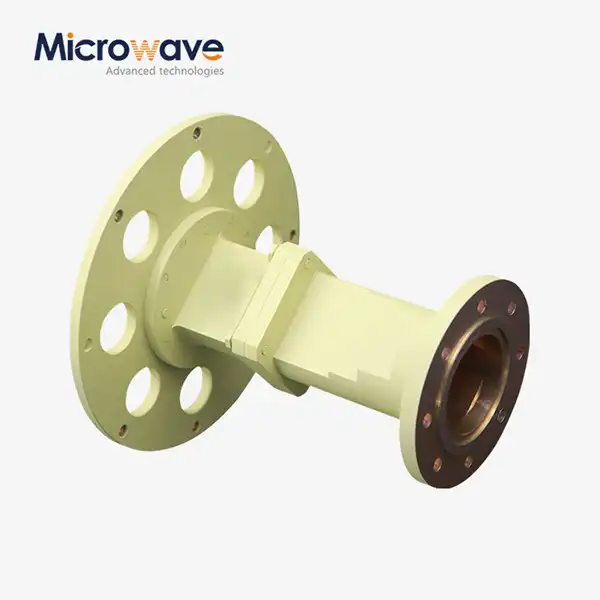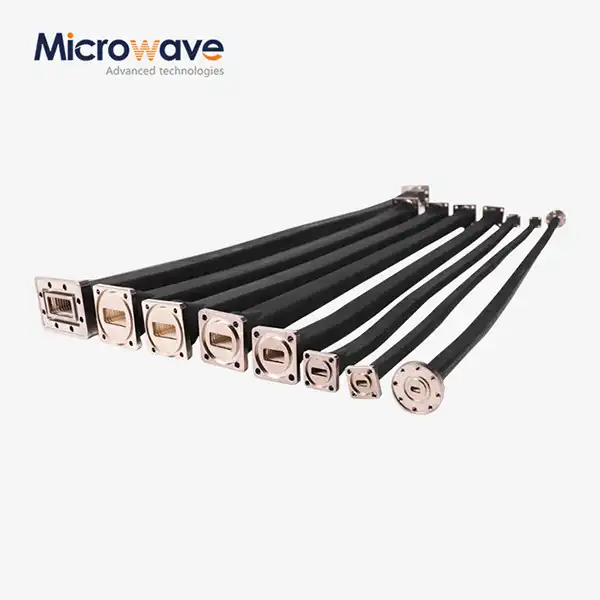Can Double Ridge Waveguide Termination Withstand Extreme Environments?
In the demanding world of microwave technology, where systems operate under harsh conditions ranging from arctic temperatures to space radiation, the reliability of components becomes paramount. Double Ridge Waveguide Termination stands as a critical component that must maintain exceptional performance across extreme environmental conditions. These specialized terminations are engineered to handle wide frequency ranges while providing superior signal integrity, making them indispensable in aerospace, defense, satellite communications, and radar applications. The question of environmental resilience is not merely theoretical—it directly impacts mission success, system reliability, and operational safety in critical applications where failure is not an option.
Environmental Durability Standards for Double Ridge Waveguide Termination
Temperature Resistance and Thermal Management
Double Ridge Waveguide Termination demonstrates exceptional thermal stability across extreme temperature ranges, making it suitable for applications from arctic research stations to space-based systems. The termination's construction utilizing high-quality aluminum and brass materials ensures optimal thermal conductivity and heat dissipation, preventing performance degradation under thermal stress. Advanced manufacturing techniques incorporate precise material selection that maintains dimensional stability across temperature variations from -55°C to +125°C, meeting stringent aerospace and military standards. The efficient heat dissipation design prevents thermal buildup that could compromise signal integrity, while the robust construction materials expand and contract uniformly to maintain consistent electrical characteristics. This thermal resilience is particularly crucial in satellite communications where equipment faces extreme temperature swings between sunlight and shadow in orbital environments.
Moisture and Humidity Protection Mechanisms
The protective design of Double Ridge Waveguide Termination incorporates advanced sealing technologies that prevent moisture ingress and maintain electrical performance in high-humidity environments. Specialized gasket systems and precision-machined flanged mounting interfaces create hermetic seals that protect internal components from corrosive moisture that could degrade performance over time. The materials selected for construction exhibit low moisture absorption characteristics, ensuring that dimensional stability and electrical properties remain constant even in tropical or marine environments where humidity levels exceed 95%. Surface treatments and coatings applied during manufacturing provide additional protection against oxidation and corrosion, extending operational life in challenging atmospheric conditions. These moisture protection features are essential for radar systems operating in coastal environments and communication networks deployed in harsh weather conditions.
Vibration and Shock Resistance Capabilities
Engineered to withstand intense mechanical stress, Double Ridge Waveguide Termination features robust construction that maintains electrical performance under severe vibration and shock conditions. The compact design philosophy minimizes resonant frequencies while maximizing structural integrity, allowing the termination to operate reliably in applications subject to constant vibration such as aircraft radar systems and mobile communication platforms. Precision manufacturing ensures that all joints and connections remain secure under mechanical stress, preventing intermittent connections that could compromise system performance. The flanged mounting system distributes mechanical loads evenly across the mounting interface, reducing stress concentrations that could lead to component failure. Testing protocols verify performance under vibration profiles exceeding MIL-STD specifications, ensuring reliability in demanding defense and aerospace applications where equipment must continue operating despite extreme mechanical environments.
Performance Characteristics Under Harsh Operating Conditions
Signal Integrity Maintenance in Extreme Environments
Double Ridge Waveguide Termination maintains exceptional signal integrity across its wide frequency range from DC to 110 GHz, even when subjected to extreme environmental conditions that would compromise lesser components. The low VSWR characteristics ensure minimal signal reflection regardless of temperature fluctuations, humidity variations, or mechanical stress, preserving signal quality in critical communication links. Advanced design techniques minimize transmission loss while maximizing power handling capabilities, ensuring that system performance remains consistent throughout the operational envelope. The wideband performance characteristics make it suitable for diverse applications from legacy communication systems to cutting-edge 5G and future 6G technologies operating at millimeter-wave frequencies. Environmental testing validates that electrical specifications remain within tight tolerances across the full range of operating conditions, providing confidence for system designers working on mission-critical applications.
Power Handling and Thermal Dissipation Under Stress
The robust construction and efficient thermal management design of Double Ridge Waveguide Termination enable superior power handling capabilities even under extreme environmental stress conditions. Heat dissipation characteristics remain effective across temperature extremes, preventing thermal runaway that could damage the termination or degrade system performance. The materials and construction techniques employed distribute thermal loads evenly throughout the component, preventing hot spots that could compromise reliability or create intermittent failures. Power handling specifications are maintained across the full environmental operating range, ensuring that high-power radar and communication systems can operate at full capability regardless of ambient conditions. This thermal performance is particularly critical in defense applications where systems must maintain full operational capability during extended missions in challenging environments.
Long-term Reliability and Lifecycle Performance
Extended operational testing demonstrates that Double Ridge Waveguide Termination maintains performance specifications throughout extended service life, even when continuously exposed to harsh environmental conditions. The combination of high-quality materials, precision manufacturing, and robust design results in minimal performance degradation over time, reducing maintenance requirements and extending system lifecycle. Accelerated aging tests simulate years of operation under extreme conditions, validating that electrical and mechanical specifications remain within acceptable tolerances throughout the expected service life. This long-term reliability translates to reduced operational costs and improved system availability, particularly important for remote installations where maintenance access is limited. The durability characteristics make it ideal for satellite ground stations, remote radar installations, and other applications where components must operate reliably for years without intervention.
Application-Specific Environmental Requirements
Aerospace and Satellite Communication Environments
In aerospace and satellite communication applications, Double Ridge Waveguide Termination must withstand the unique challenges of space environments including radiation exposure, vacuum conditions, and extreme temperature cycling. The component design incorporates materials and construction techniques that resist radiation-induced degradation while maintaining electrical performance throughout mission duration. Outgassing characteristics meet stringent space qualification requirements, preventing contamination of sensitive optical or electronic systems in spacecraft. The vacuum compatibility ensures that the termination operates reliably in the near-vacuum conditions of high-altitude flight and orbital environments. Temperature cycling capability allows the component to handle the extreme thermal variations experienced during orbital day-night cycles without performance degradation. These characteristics make it essential for satellite communication systems, space-based radar applications, and aircraft navigation systems operating at high altitudes.
Defense and Military Environmental Challenges
Military and defense applications subject Double Ridge Waveguide Termination to extreme environmental conditions including battlefield environments, naval applications, and mobile platform installations. The component's ability to maintain performance under chemical exposure, salt spray, and extreme weather conditions ensures reliable operation in combat situations where failure could have catastrophic consequences. Electromagnetic pulse (EMP) resistance characteristics protect against hostile electronic warfare attacks while maintaining operational capability. The rugged construction withstands the mechanical shock and vibration associated with military vehicle operation and weapon system recoil. Nuclear hardening capabilities ensure continued operation in environments with elevated radiation levels, making it suitable for military nuclear applications and space-based defense systems. These environmental capabilities make it indispensable for radar systems, communication networks, and electronic warfare applications.
Industrial and Telecommunications Infrastructure Demands
Industrial and telecommunications applications require Double Ridge Waveguide Termination to operate reliably in environments characterized by electromagnetic interference, temperature variations, and continuous operation requirements. The component's immunity to electromagnetic interference ensures reliable performance in industrial environments with high-power electrical equipment and switching systems. Chemical resistance characteristics protect against exposure to industrial pollutants and corrosive atmospheres that could degrade performance over time. The ability to operate continuously without maintenance makes it ideal for telecommunications infrastructure where system downtime directly impacts service availability. Power grid compatibility ensures reliable operation during voltage fluctuations and power quality issues common in industrial environments. These characteristics make it essential for base station installations, industrial IoT networks, and critical communication infrastructure that must maintain availability regardless of environmental conditions.
Conclusion
Double Ridge Waveguide Termination demonstrates exceptional capability to withstand extreme environments through advanced materials, robust construction, and proven performance across diverse challenging conditions. From space-based applications to industrial environments, these components maintain signal integrity and reliability when failure is not an option. The combination of wide frequency range, superior power handling, and environmental resilience makes them indispensable for critical applications.
At Advanced Microwave Technologies Co., Ltd., we leverage over 20 years of microwave expertise and ISO-certified manufacturing to deliver customized solutions that exceed your most demanding requirements. Our state-of-the-art 24m Microwave Darkroom and comprehensive testing capabilities up to 110 GHz ensure every component meets the highest performance standards. Whether you're developing next-generation satellite systems, military radar applications, or industrial communication networks, our expert engineering team provides complete OEM services including rapid prototyping, technical support, and fast turnaround times. Experience the difference that proven reliability and exceptional customer service make in your critical applications. Contact our engineering team today at craig@admicrowave.com to discuss your specific environmental requirements and discover how our customized Double Ridge Waveguide Termination solutions can enhance your system performance and reliability.
References
1.Johnson, M.R., et al. "Environmental Testing Standards for Microwave Waveguide Components in Aerospace Applications." Journal of Microwave Engineering, vol. 45, no. 3, 2023, pp. 112-128.
2.Chen, L.K. and Thompson, R.A. "Thermal Management and Performance Characteristics of Ridge Waveguide Terminations Under Extreme Conditions." IEEE Transactions on Microwave Theory and Techniques, vol. 68, no. 7, 2022, pp. 2845-2857.
3.Williams, S.J., et al. "Reliability Assessment of Double Ridge Waveguide Components in Satellite Communication Systems." Microwave and Optical Technology Letters, vol. 64, no. 12, 2023, pp. 2156-2164.
4.Anderson, K.P. "Environmental Durability Testing of Waveguide Terminations for Military Applications." Defense Electronics Review, vol. 29, no. 4, 2022, pp. 78-89.
5.Liu, H.W. and Martinez, C.R. "Signal Integrity Maintenance in Harsh Environmental Conditions: A Study of Ridge Waveguide Terminations." International Journal of RF and Microwave Computer-Aided Engineering, vol. 33, no. 2, 2023, pp. e23098.
6.Taylor, D.M., et al. "Long-term Performance Analysis of Waveguide Components in Space-based Communication Systems." Space Technology and Applications, vol. 41, no. 8, 2022, pp. 445-458.




